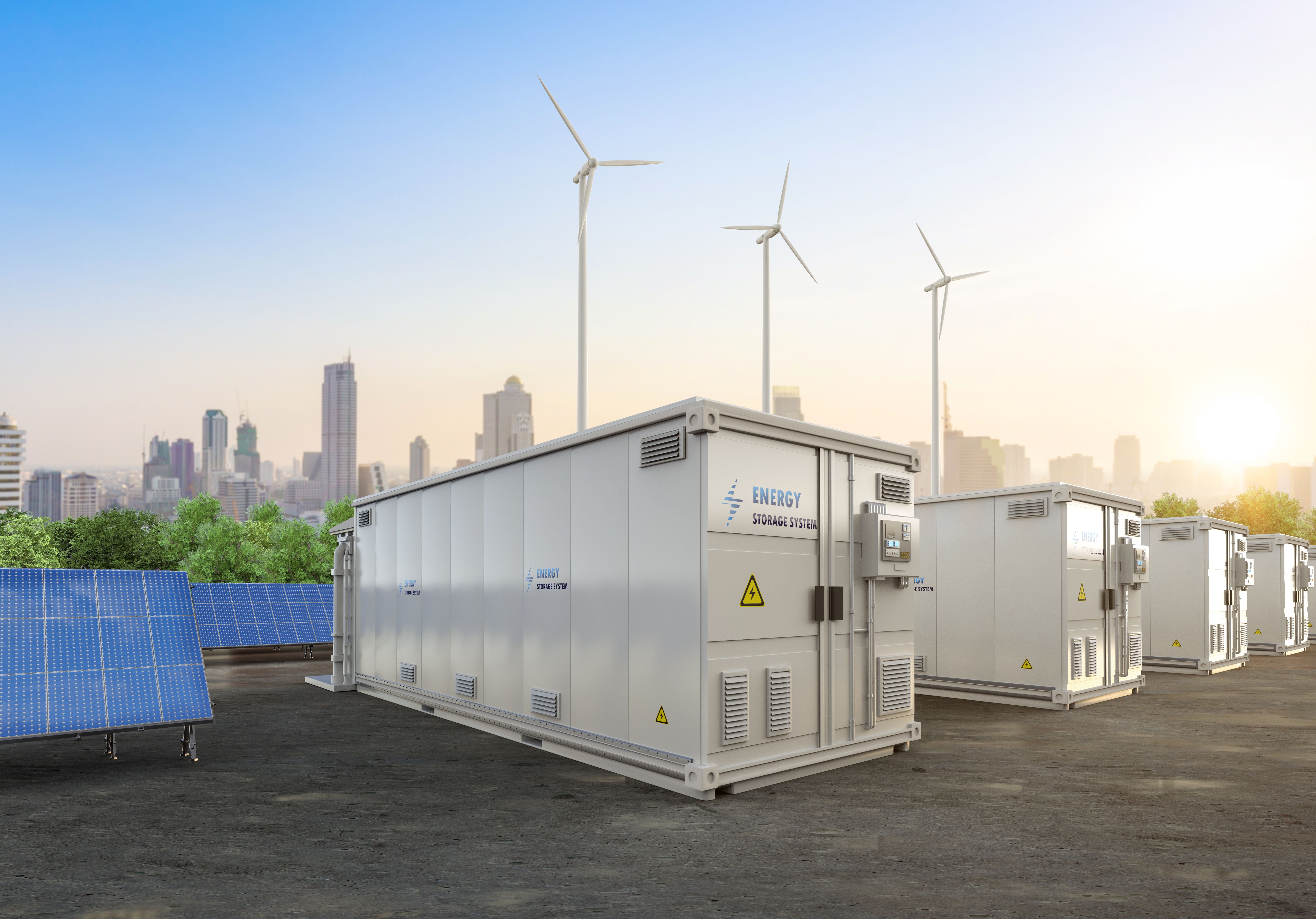Seasonal Guide to Ready Your Home for Solar Energy
Understanding Solar Energy and Its Seasonal Impact
Harnessing solar energy is a sustainable and economical choice for homeowners. As the seasons shift, there are certain considerations to ensure your solar panels operate at peak efficiency. Understanding how different weather conditions affect solar energy production can help you maximize your investment.

During sunny months, solar panels can generate more energy, potentially exceeding your household's needs. However, in months with less sunlight, it's essential to prepare your home to sustain energy efficiency. This guide will walk you through the steps to ready your home for solar energy throughout the year.
Spring: Preparing for Optimal Performance
Spring is the perfect time to perform maintenance on your solar panels. Ensure that they are clean and free from debris that may have accumulated during the winter months. A simple cleaning can significantly increase energy absorption and efficiency.
Check for any potential shading issues caused by newly grown foliage. Trim back any trees or bushes that may block sunlight from reaching your panels. This is also a great time to assess your home’s overall energy consumption and make adjustments to reduce waste.
Conduct a Spring Maintenance Check
- Inspect the panels for any physical damage.
- Clean the surfaces of the panels with soap and water.
- Ensure all electrical connections are secure and functioning properly.

Summer: Maximizing Solar Gain
Summer offers the most sunlight, making it an ideal time to harness maximum energy. Ensure your solar system is working efficiently by scheduling a professional check-up if you haven’t done so recently. Professionals can provide insights into potential upgrades or optimizations.
Consider using energy-intensive appliances during daylight hours when solar production is at its highest. This can help reduce reliance on grid electricity and lower your energy bills.
Strategies for Summer Efficiency
- Use timers or smart home systems to run appliances during peak sunlight hours.
- Monitor your energy usage with a solar monitoring app.
- Install a solar battery system to store excess energy for nighttime use.

Fall: Preparing for Reduced Sunlight
As daylight hours decrease in fall, it’s crucial to ensure that your home remains energy efficient. Begin by checking insulation in your home to minimize heat loss as temperatures drop. This will help you make the most of the solar energy collected during shorter days.
Consider adjusting your habits and routines to align with daylight hours. Use natural light as much as possible and switch to energy-efficient lighting to conserve power during evenings.
Fall Energy Efficiency Tips
- Seal gaps around windows and doors to prevent heat loss.
- Utilize thermal curtains for added insulation.
- Schedule a professional inspection of your solar system before winter.

Winter: Maintaining Energy Flow
Winter poses challenges due to shorter days and potential snowfall covering panels. Regularly remove snow from panels to maintain exposure to sunlight. While solar energy production may be lower, efficient energy use is key to maintaining comfort in your home.
Invest in a backup system, such as a generator, if you live in an area prone to heavy snowfall or prolonged cloudy periods. This ensures you have a reliable power source when solar output is low.
Winter Readiness Checklist
- Keep panels clear of snow and ice build-up.
- Insulate pipes and water heaters to prevent freezing.
- Conduct an annual review of your solar system's performance and efficiency.

By following this seasonal guide, you can maximize the efficiency and longevity of your solar energy system. Regular maintenance and mindful energy use ensure that you continue to reap the benefits of sustainable power year-round, regardless of the weather conditions outside.
